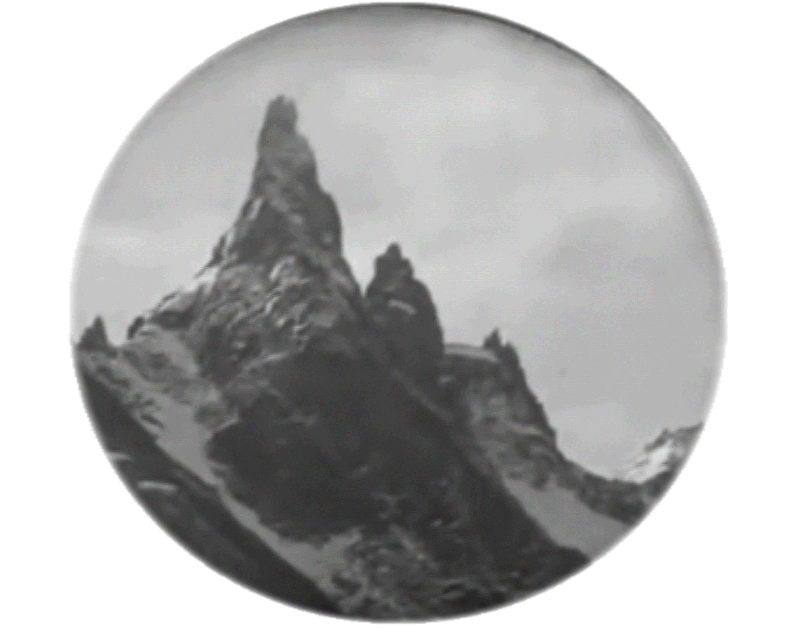The fleeting today is tenuous and eternal;
Don’t wait for another Heaven or Hell.
—Jorge Luis Borges.
Photography is thought of as a way to freeze time and people rarely discuss how much time each photographic instant really represents. From the more than eight hours taken to shoot View from the Window at Le Gras to the fifteen minutes for Boulevard du Temple, to the speeds achieved in the past decade of more than a billion frames per second, each photograph prolongs a fiction in which we desire to see the ever-changing world imprisoned before our gaze. Movies, like theater and dance, derived from photographs precisely their desire to represent this same ever-changing world, but without being confined to an instant or synthesizing something living into a fixed image. The work of Muybridge and Marey, by capturing sequential movement and reproducing it in fixed or animated images, addressed these aspects which appeared to draw one path for photography and another for cinematography.
Decades later, communication vessels became popular, blurring the boundaries between these mediums. Photographic time extends itself in anyone’s hands and an image, previously immobile, unfolds instantly into movement with any number of applications such as Vine, Instagram, Cinemagram and others. With increasing frequency, photographers offer video work as part of their professional activities and create time-lapse or rephotography images to convey events that extend beyond the limits of a series or a single shot. Likewise, movies have shifted from the surprise occasioned by works like Chris Marker’s La Jetée (1962) and the flat sequences of Antonioni that scandalized Cannes in 1960 to a visual fascination with suspended, almost immobile shots, as in the Tarkovsky movies. Current cinematography often employs flat sequence structure, or imitates Ken Burns by recovering photographic files through a specific video editing effect named after him.
Tonino Guerra, in the preface to Instant Light: Tarkovsky Polaroids, anecdotes about how both Tarkovsky and Antonioni used Polaroid cameras in the late 1970s. The former was constantly worried about the volatility of time and his desire to freeze it in these instant images; it is not difficult to imagine how this impacted his movies. The latter discusses how, during a location scouting trip to Uzbekistan, an old man rejected a photograph recently take of him and two friends by asking: “¿“Why stop time?” to which neither man could respond. And this invites the questions: If photography is a way to stop time, how much time and how much mobility can an instant comprise? And no less important, how much do movies actually escape from their photographic desire to stop time, even though it captures entire lifetimes or historic moments?
The first question has been tested in a number of projects, and the opportunity to represent the variability of time has multiplied with the immediacy of available tools. The visual language permitted by cameras has led to the proliferation of works where years become a chronograph, days are the sun’s accelerated journey across the horizon, people are frozen in 360 degrees and cameras slow down or speed up at the pace of a silent film. Movies have their own experimental territory where more frequent use of the flat sequence and found footage, real or fictitious, and the recording and recovery of material in lapses is increasingly prolonged. The bridge between what was considered a brief, decisive instant and what was considered a long, narrative instant is constantly lengthening. The fields of photography and film are more accessible, and the instant, more relative. This freedom is worth exploring.

